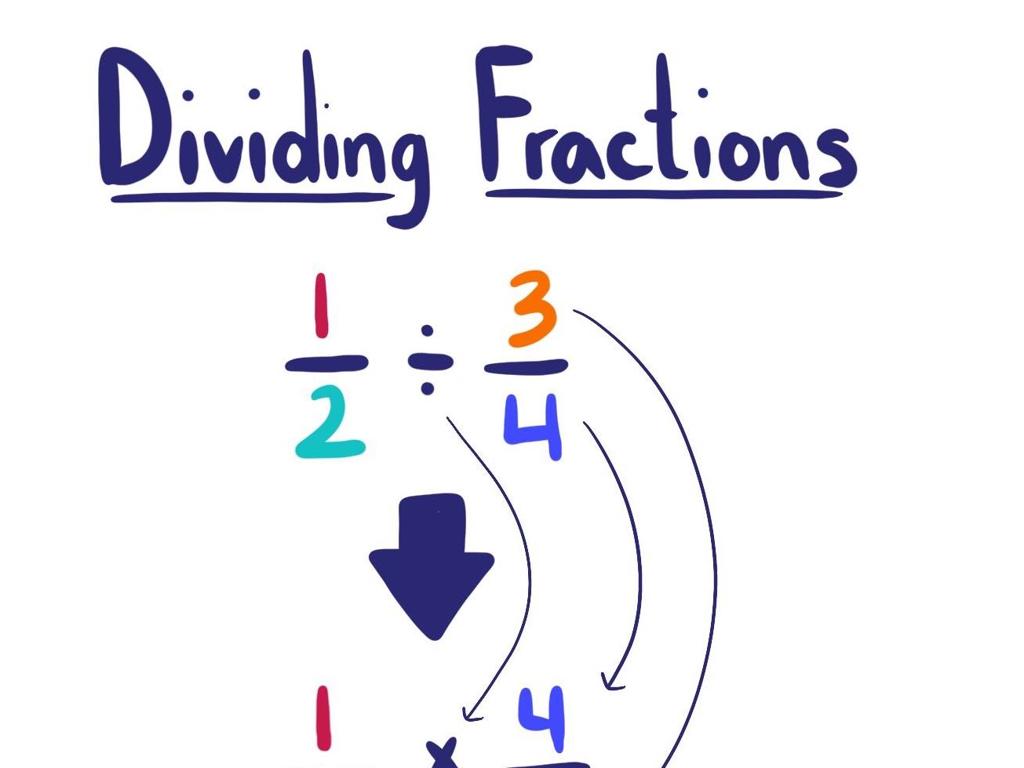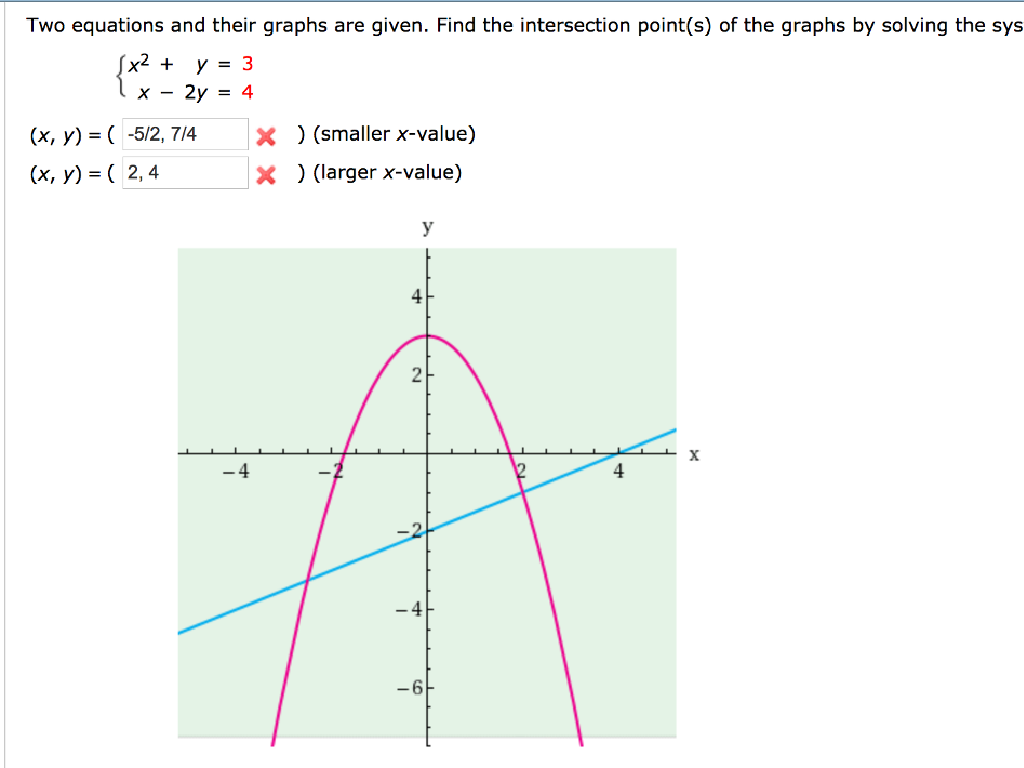Area Of Parallelograms
Subject: Math
Grade: Sixth grade
Topic: Perimeter And Area
Please LOG IN to download the presentation. Access is available to registered users only.
View More Content
Exploring Area: Parallelograms
– Difference between perimeter and area
– Perimeter: sum of all sides
– If a rectangle has sides 4 and 6, perimeter is 4+4+6+6
– Area of parallelograms: base x height
– Multiply the base length by the height of the shape
– Visualize with grid paper
– Use grid paper to count squares inside a parallelogram
|
Begin with a brief review of perimeter as the total distance around a shape, which will help students differentiate between perimeter and area. Emphasize that while perimeter is about the boundary, area measures the space inside a shape. Introduce the formula for the area of parallelograms (base times height) and ensure students understand that the height is the perpendicular distance from the base to the opposite side. Using grid paper as a visual aid, demonstrate how to count the unit squares to find the area of a parallelogram, reinforcing the concept that area is a measure of space. Encourage students to draw their own parallelograms on grid paper and practice calculating the area.
Exploring Parallelograms
– Define a parallelogram
– A quadrilateral with opposite sides parallel and equal
– Characteristics of parallelograms
– Opposite angles are equal, consecutive angles are supplementary
– Examples of parallelograms
– Shapes like rectangles, rhombuses, and squares
– Non-examples to contrast
– Shapes like trapezoids and kites
|
Begin with the definition of a parallelogram, emphasizing the parallel and equal sides. Discuss the identifying characteristics, such as opposite angles being equal and consecutive angles adding up to 180 degrees. Provide clear examples of parallelograms, including rectangles, rhombuses, and squares, to illustrate the concept. Also, present non-examples like trapezoids and kites to help students understand what does not constitute a parallelogram. Use visuals to aid comprehension and ask students to draw their own examples and non-examples.
Area of Parallelograms
– Formula: Area = Base x Height
– The area is calculated by multiplying the base length by the perpendicular height.
– Defining Base and Height
– Base is any side length, and height is the perpendicular distance from the base to the opposite side.
– Exploring why the formula works
– The formula represents the space within the shape, equivalent to tiling the base with unit heights.
– Practical applications
|
Introduce the concept of area as the amount of space inside a two-dimensional shape. Explain that for parallelograms, the base can be any side, but the height must be perpendicular to this base. Discuss why the formula for the area of a parallelogram is the product of its base and height by relating it to the area of a rectangle. Emphasize that the formula works because if we tilt a rectangle to form a parallelogram, the base and height remain the same, and so does the area. Provide examples of parallelograms in real life, such as tiles on a floor, to help students understand practical applications. Encourage students to practice with different parallelograms to solidify their understanding.
Calculating the Area of Parallelograms
– Example 1: Base and height given
– Area = base x height. If base = 5 cm, height = 2 cm, Area = 5 x 2 = 10 cm²
– Example 2: Find missing height
– Given Area and base, find height. If Area = 20 cm², base = 4 cm, height = Area / base = 20 / 4 = 5 cm
– Practice Problem: Calculate area
– Solve an example problem using the formula
– Understanding area calculation
|
This slide is aimed at teaching students how to calculate the area of parallelograms. Start with an example where both base and height are known, and use the formula Area = base x height to find the area. Then, present a scenario where the area and base are known, but the height is missing, guiding students to rearrange the formula to solve for height. Provide a practice problem for students to apply what they’ve learned. Emphasize the importance of understanding the formula and how to manipulate it to find different dimensions of the parallelogram. Encourage students to visualize the parallelogram’s base and height as they work through problems.
Real-life Applications of Parallelograms
– Parallelograms in daily life
– Think of floor tiles, desks, and books
– Utility of knowing the area
– Helps in planning space usage, like for flooring
– Classroom measurement activity
– Find objects shaped like parallelograms and calculate their area
|
This slide aims to connect the concept of parallelograms to the students’ everyday experiences. Highlight where parallelograms can be found, such as in floor tiles, desks, and books. Discuss the practicality of knowing the area of parallelograms in real-life scenarios, such as when planning to buy the correct amount of floor tiles or arranging furniture. For the activity, instruct students to identify objects in the classroom that resemble parallelograms, measure their dimensions, and calculate the area using the formula (base x height). This hands-on activity will reinforce their understanding of the concept and its usefulness. Provide guidance on measurement techniques and ensure that each student or group has a different object to measure to encourage a variety of examples.
Class Activity: Crafting Parallelograms
– Create your own parallelogram
– Measure sides and angles
– Use a ruler for length and protractor for angles
– Calculate the area
– Area = base x height. Record your measurements
– Present your parallelogram
– Explain how you found the area
|
This interactive class activity is designed to help students understand the concept of area in parallelograms by creating their own. Provide students with materials such as grid paper, rulers, and protractors. They should draw a parallelogram, measure the base and height, and then calculate the area using the formula (base x height). Encourage creativity in their designs. After calculations, students will share their parallelograms and explain the process they used to find the area. This will reinforce their understanding and allow for peer learning. Possible variations of the activity could include using different units of measurement, comparing areas of different parallelograms, or exploring the relationship between side lengths and area.
Review and Quiz: Area of Parallelograms
– Recap: Area of parallelograms
– Area = base x height (b x h)
– Pop Quiz: Solve area problems
– Students will solve given problems
– Q&A session for doubts
– Opportunity to ask questions
– Reinforce learning with examples
|
Begin with a brief recap of the formula for finding the area of parallelograms, emphasizing the multiplication of the base by the perpendicular height. Follow with a pop quiz consisting of a few problems to solve, ensuring to include a variety of question types. During the Q&A, encourage students to ask questions about any part of the lesson they found challenging. Use this time to clarify concepts and correct any misunderstandings. Conclude by reinforcing the day’s learning with additional examples, demonstrating the practical application of the formula in different scenarios. This will help solidify the students’ understanding and prepare them for future lessons on area.






